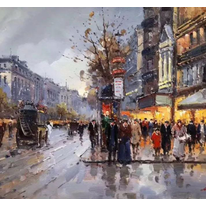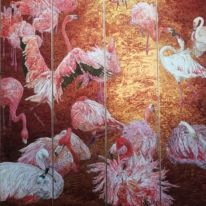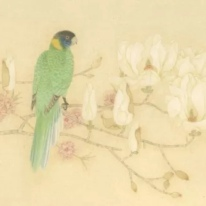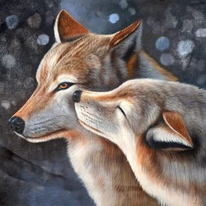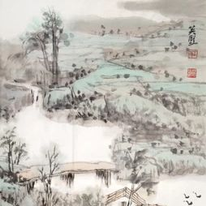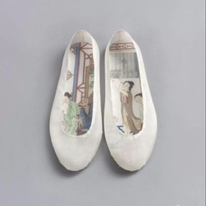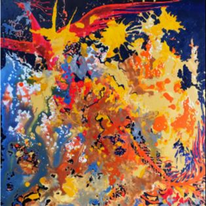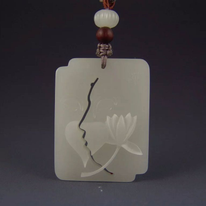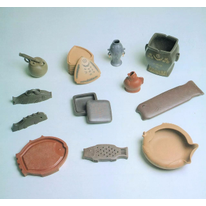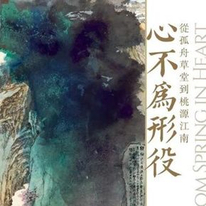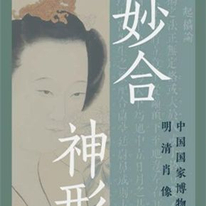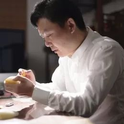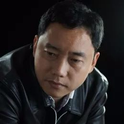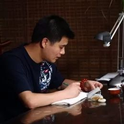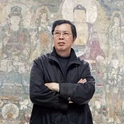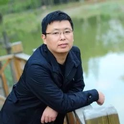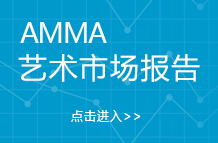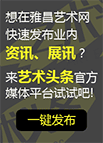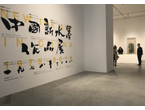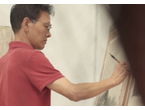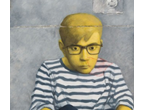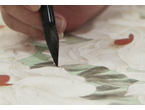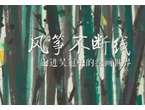赞
相关文章
- 2014-11-03 10:35:37Exhibition of works on metal of the 1980s and 1990s by Rob
- 2014-10-29 11:25:40Exhibition at Gagosian explores how Picasso used photogra
- 2014-09-12 15:34:11Gagosian opens its first exhibition in collaboration with t
- 2013-10-09 08:50:41Robert Rauschenberg Foundation Announces Second Round
- 2013-06-08 14:40:47Gagosian Asks Judge to Throw Out Perelman Lawsuit
- 2013-05-07 08:40:30Jeff Koons Sticks With Gagosian For New Spring Exhi
作品推荐
展览推荐
拍卖预展
- 2022年春季艺术品拍卖会
- 安徽省艺观拍卖有限公司
- 预展时间:2030年12月31日
- 预展地点:安徽省芜湖市萧瀚美
- 北京盈昌当代书画专场(十
- 北京盈昌国际拍卖有限公司
- 预展时间:2022年3月21日-30日
- 预展地点:北京盈昌网拍
- 北京盈昌当代书画专场拍卖
- 北京盈昌国际拍卖有限公司
- 预展时间:2022年3月21日-27日
- 预展地点:北京盈昌网拍
官网推荐
拍卖指数
每日最新
- [新闻] 展览预告 | “大美待言” 陕西青年水墨艺术提名展
- [拍卖] 2025西泠秋拍 | 吴赵风流:吴让之赵之谦印存珍选
- [画廊] 李笑兵个人油画展“大地”在北京798 国际艺术交流中心开幕
- [展览] 雅昌现场|张颖:从神话遗迹到日常景观的视觉重建
- [观点] 雅昌专栏 | 季涛:内地购藏金铜佛像的市场回报
每周热点
- 1 艺术品消费“吃快餐”,远离了傲慢还
- 2 守护诚信 致力传承,雅昌鉴证备案以领
- 3 央视3·15曝光疯狂的翡翠直播间:古玩
- 4 张大千剧迹《仿王希孟千里江山图》睽
- 5 “写实主义与超现实主义的对话--孙家
- 6 佳士得纽约亚洲艺术周 | 重要大理国铜
- 7 Poly-Online丨“春意”上线——中国
- 8 XR技术与艺术创作融合的元宇宙虚拟
- 9 专稿 | 是什么成就了加埃塔诺·佩谢
- 10 艺术号·专栏 | 陈履生:画中的少数
排行榜
论坛/博客热点
- 展台上的瓷塑 千军万马战犹酣
- 以藏养藏做再好 终究不如实力雄厚的真玩家?
- 古人烧瓷有讲究 入窑前以煤油遮面以防被偷窥
- 吴伟平:艺术创作,开启了一场没有陪伴的旅
- 杜洪毅:艺术圈里的文字游戏 当代艺术看不懂
推荐视频
业务合作: 010-80451148 bjb@artron.net 责任编辑: 程立雪010-80451148
